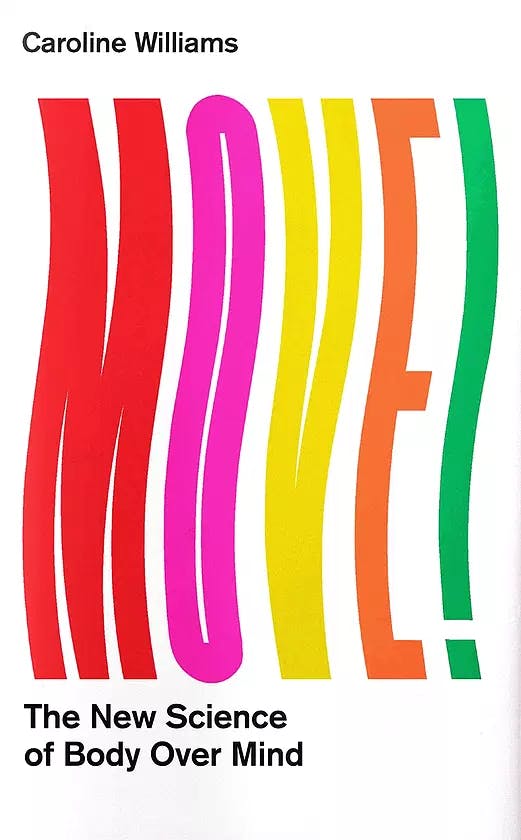
Business of thinking: Move!
Highlights from the book- Move! The New Science of Body Over Mind by Caroline Williams.
Brachiation is a complicated way of moving. According to the evolutionary anthropologist Robert Barton, of Durham University, it requires more than just a vague plan of action to stand any chance of getting from A to B safely. Staying safe while swinging through the trees requires an ability to link movement to an understanding of the consequences of your actions at speed, which means being able to formulate and adapt a plan on the fly.
Terry Kvasnik had been training for this moment his entire life. Starting with gymnastics at the age of three and then moving on to breakdancing, martial arts and parkour, he spent his twenties and thirties living the dream, working first as an acrobat in a London West End show and later for Cirque du Soleil. When a car pulled in front of his moped as he was riding along at 40mph, it could all have been over in a flash. Thankfully, he knew exactly what to do. Or at least his body did.
‘It was like my body said,’ ‘I’ve got this, step out of the way, Terry,’ he says. ‘I just knew… I’m going to flip.’ And so, he did. Using the moped as a launch pad he dived up and over the car, rolled over on his back and popped back up on his feet, 10 metres from the wreck of his moped.
He walked away from the accident with a mild concussion, a torn cartilage in his chest and a banged-up knee, but it’s a miracle he survived it at all.
There is a lot to be said for having life-saving strength and agility in your back pocket for when you need it. Psychology studies prove that having the physical skills to get out of sticky situations makes a big difference to how mentally capable and emotionally resilient we feel as we battle our way through life.
Prefrontal cortex directs our attention towards a particular goal and holds attention to that particular goal while we think about the solution. According to the work of the Dutch social psychologist Ap Dijksterhuis, for certain kinds of problems this kind of goal-directed, straight-line thinking is actually the worst way to go about making decisions. He argues that when problems have more parts than working memory can handle, being distracted from thinking about it is better to allow processes to get solved by itself. And when these moments come things that may seem disconnected suddenly fit together.
The attention is getting directed to whatever is the most urgent bit of information at that point in time-hunger, message, an urgent email, the rush to get the train, whatever it happens to be. Turning your spotlight of attention to one of these things will temporarily make you forget all about the others.
Julia Christensen, a dancer-turned-neuroscientist at City, University of London, explains how paying attention is that brain waves in various parts relevant to our current goal start to sync up and beat in time, rising above the background chatter of brain activity. But we don’t have the bandwidth to consider all the myriad inputs at the same time, and for good reason: if we could, we’d be constantly struggling to make sense of the sensory overload. It could explain the same process by which our movements become tied to the beat in music and hijack our attention so easily.
Sequential thinking is useful for skills that require a capacity to work out a sequence of actions that will lead you to a particular goal – central to the ability to knit a scarf or think through a series of moves in chess.
These connections between movement and internal experience gradually build up to provide a basis for our understanding of the world and how our actions affect what we experience.
There is no shortage of problems in the world needing creative solutions: climate change, famine, war, global pandemics, aging, population bottlenecks, dwindling resources, you name it. The psychologist Kyung Hee Kim from the College of William & Mary in Williamsburg, Virginia with the research has found that even though movement can enhance creative skills and given that it’s easier to change individual behavior than educational policy, she recognizes that the rise in passive, screen-based sedentary lifestyles is a factor in the decline of creative thinking.
Bringing movement back into everyday life is going to need serious investment of time, money and effort. In fact many of the people who could benefit the most aren’t getting the resources necessary to make it happen. In the final manifesto Caroline Williams reveals what it’s worth, where the change is most needed and how the people with means to make this happen can do the most good.